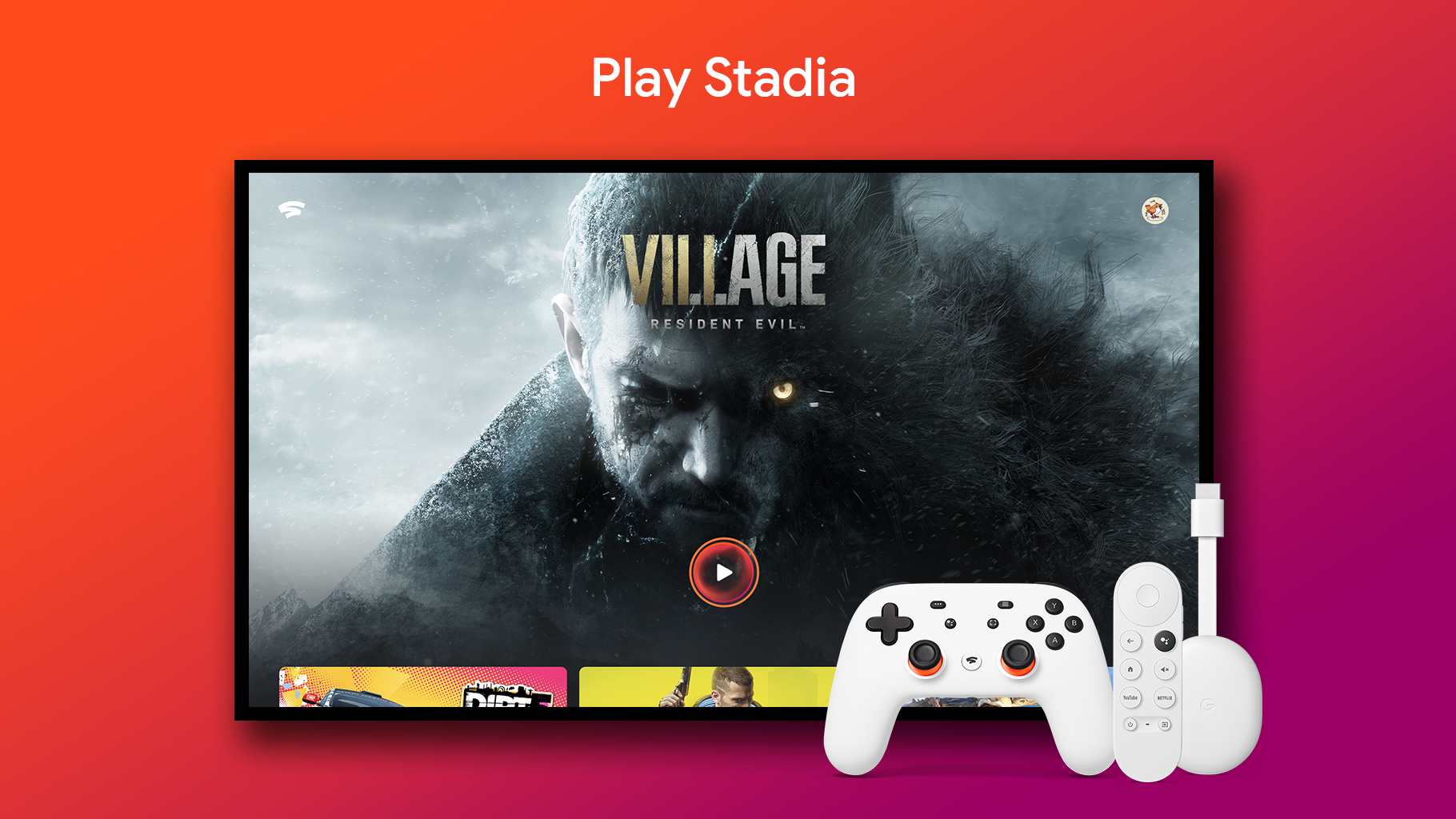Filmora 9.3: A lot of video editing tools for not a lot of cash
With video taking up more space on the internet than ever before, it’s becoming increasingly important to have a good video editor in your digital toolbox. Whether you want to improve the quality of casual videos of family and friends or move into having your own channel on YouTube, the right video editing software can make your work look professional, even if you’re not. One of the standout video editors in terms of its price-to-value proposition is Filmora by Wondershare. Not only does it have a truly impressive array of tools to help boost, edit and enhance your video clips, but it provides it all at a price that doesn’t require a Hollywood salary.
Although you might never need it, Filmora allows you to work on up to 100 different layers – both audio and video – at one time. If you’re just starting out as a video editor, that might seem overwhelming, but as you grow in your skill, you’ll definitely appreciate the possibilities this opens up in terms of making pro-level clips. Applying the generous selection of built-in transitions, filters and effects on top of these different layers can help turn you into a junior Ken Burns. The most recent release of the software (Filmora 9.3) adds 50 new transitions.
Filmora also allows you to insert and manipulate text on top of your scenes, as well as work with split-screen options that can create video-within-video effects.
The smart features of the software add to your eventual film editing success. It can automatically detect scenes and split your video up into small clips that are easy to work with and, when you move clips around, the software automatically snaps them into place so that there are no gaps in your creation. A greenscreen feature lets you replace a boring green backdrop with myriad other scenes so you can look like you’re on the beach, even if you’re just in your mom’s basement. And one-click color correction gets your clips looking better fast.
For those who want a truly easy solution, Filmora also has an “Easy Mode” that lets you choose from among a handful of themes that come with their own filters, transitions and overlays to add a boost to your video clips or turn a series of photos into a moving montage. Beyond that, the latest release of the software comes with 120 new animated title templates.
Even though Filmora is known as video editing software, it’s equally handy for dealing with audio files. The software comes with 22 free-to-use audio files included that lets you alter a scene simply by what you play behind it – think creepy, tense tracks to add a chill to even the most innocent video. Beyond that, the software allows for you to add beat markers on audio clips that make it easier to time the right sound clip to the right video moment, plus you can reduce background noise and adjust volume independently of the position of the originating sound source.
For pretty much any casual creator of video, the base level of Filmora should do all you need and more. It’s available for $44.99 per year and comes with free updates and free tech support. The Lifetime Plan offers the same features as the Annual Plan, but lets you own the software forever for a one-time fee of $69.99. Step up to the Annual Bundle Plan and you’ll add in unlimited downloads from the Filmstocks Standard Library – a media collection featuring audio tracks, special effects, and stock video clips. (Note that you can also add Filmstocks to either of the other plans for $9.99 per month). The Annual Bundle Plan also provides you with new effects every month.
With an attractive and intuitive interface, and more tools than you could ask for in video-editing software Filmora certainly stands at the top of the list of attractive video editing tools. You can try it out for a week for free as well to see how well you take to it and how much it can improve your videos.
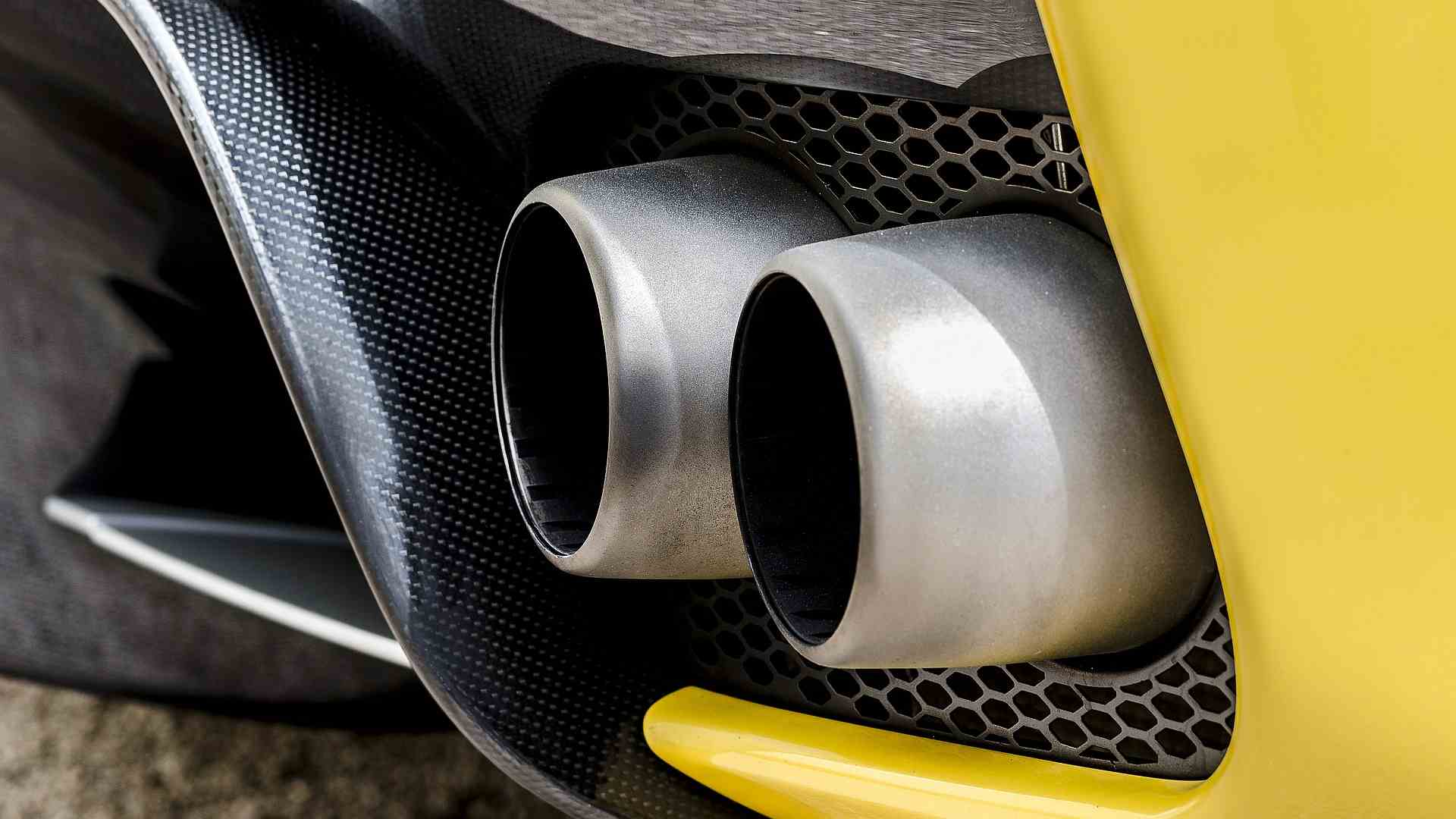
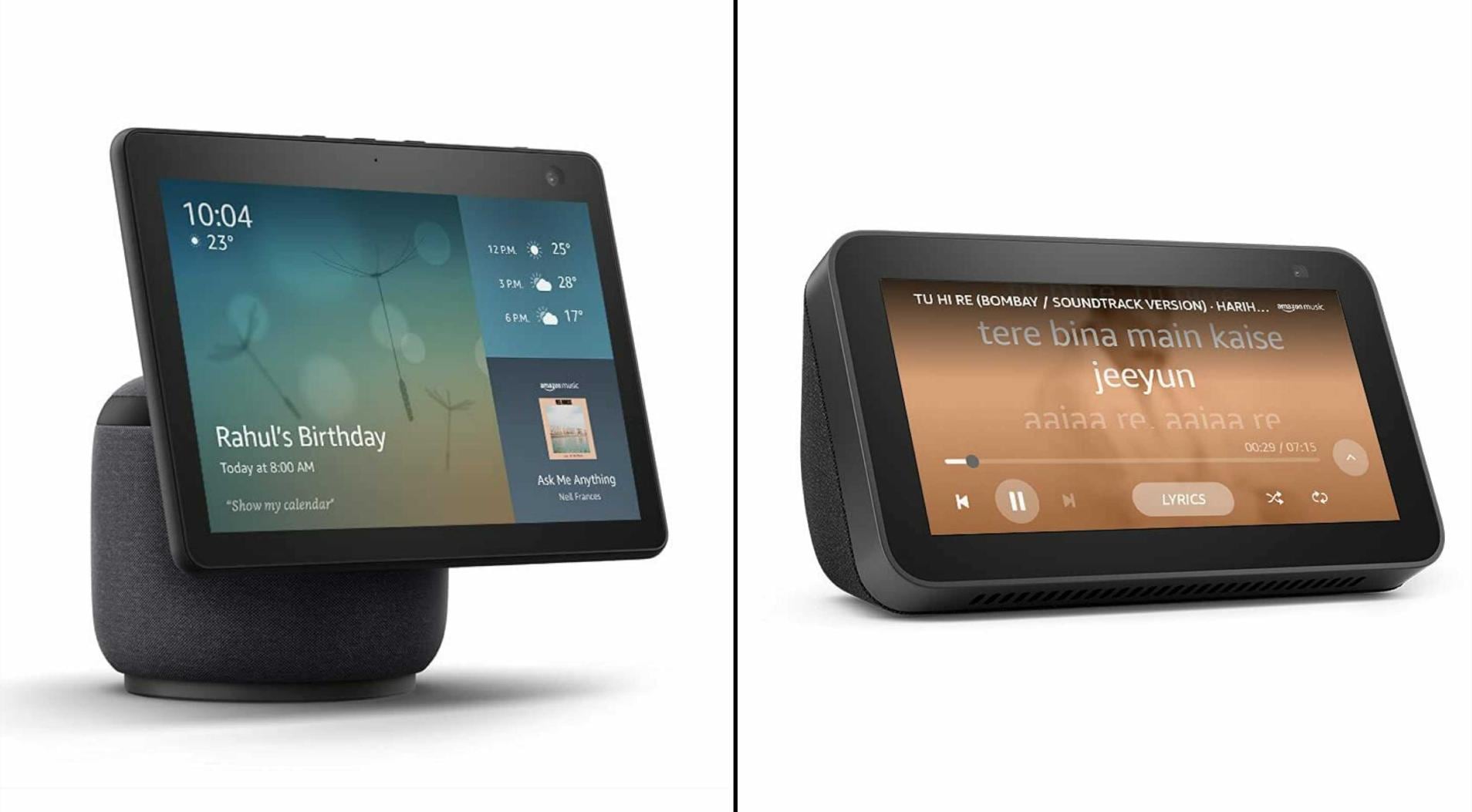
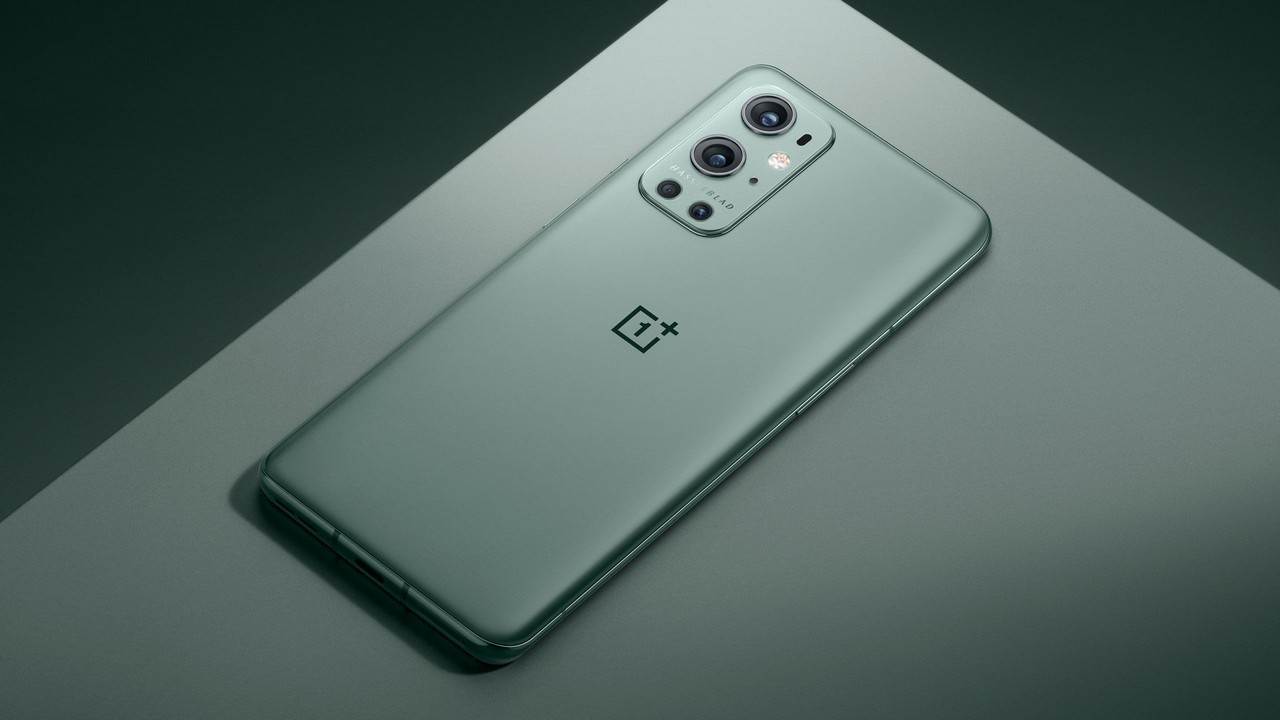
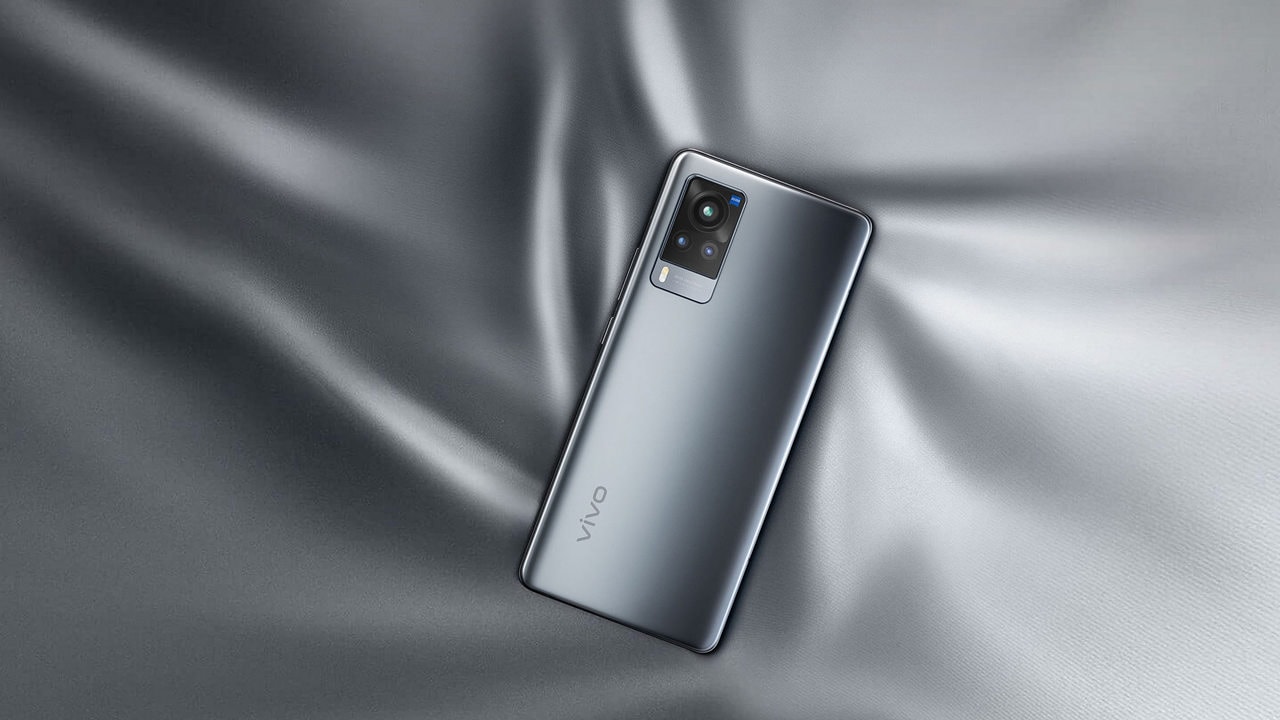

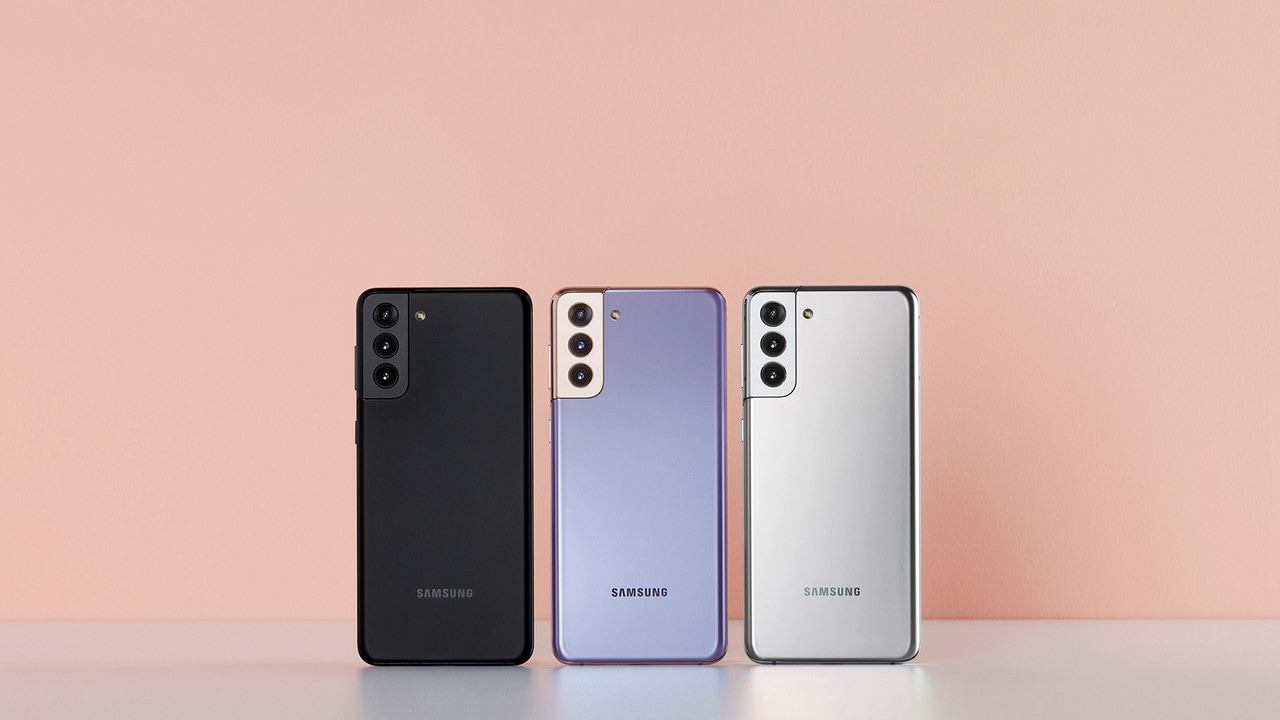
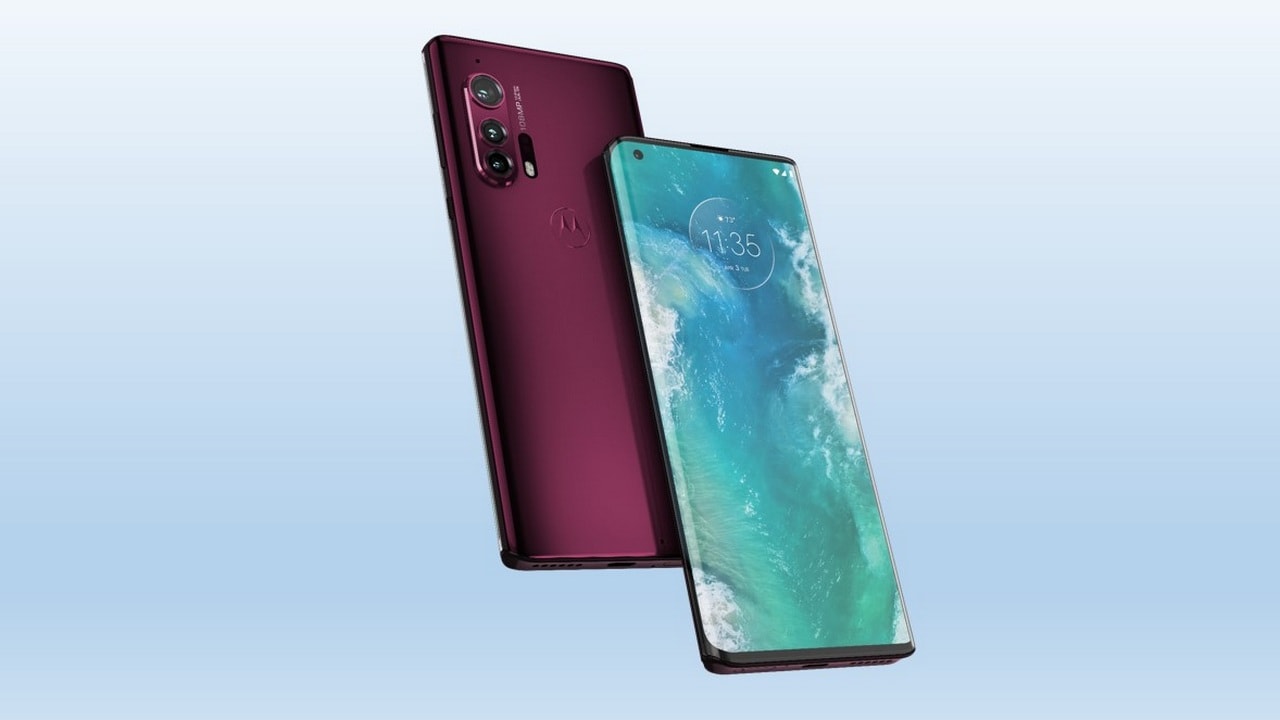
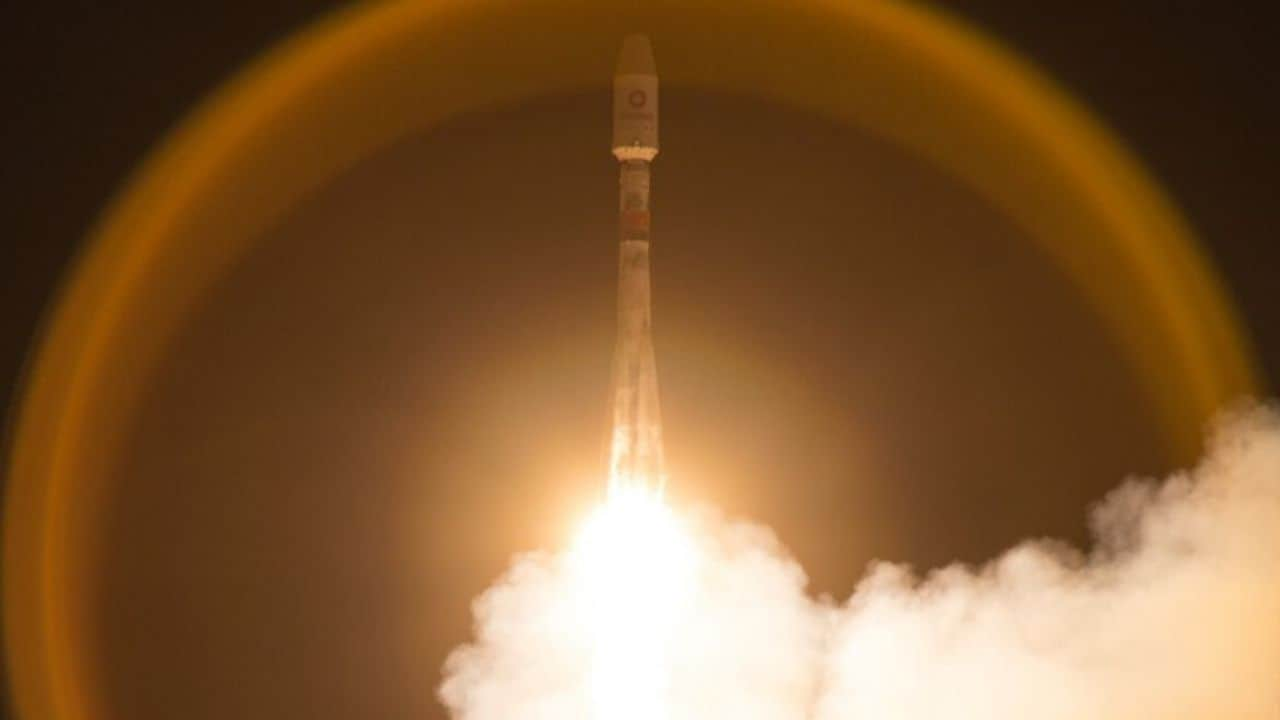



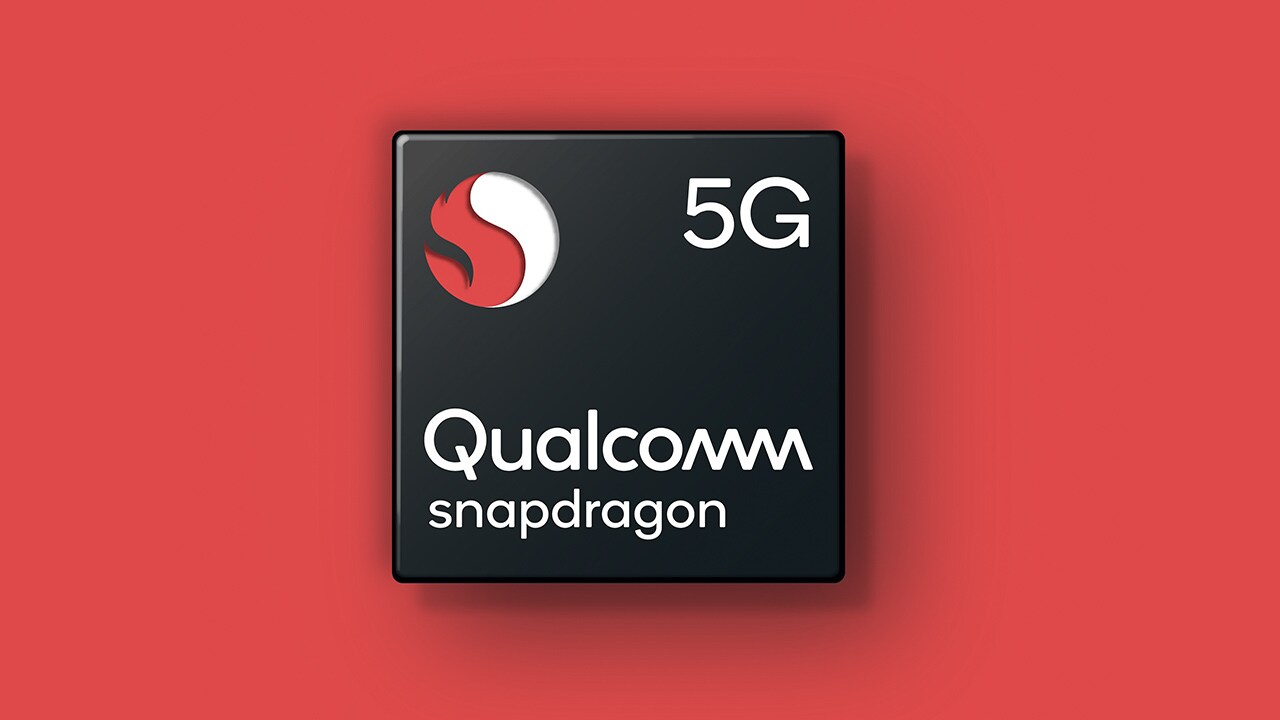
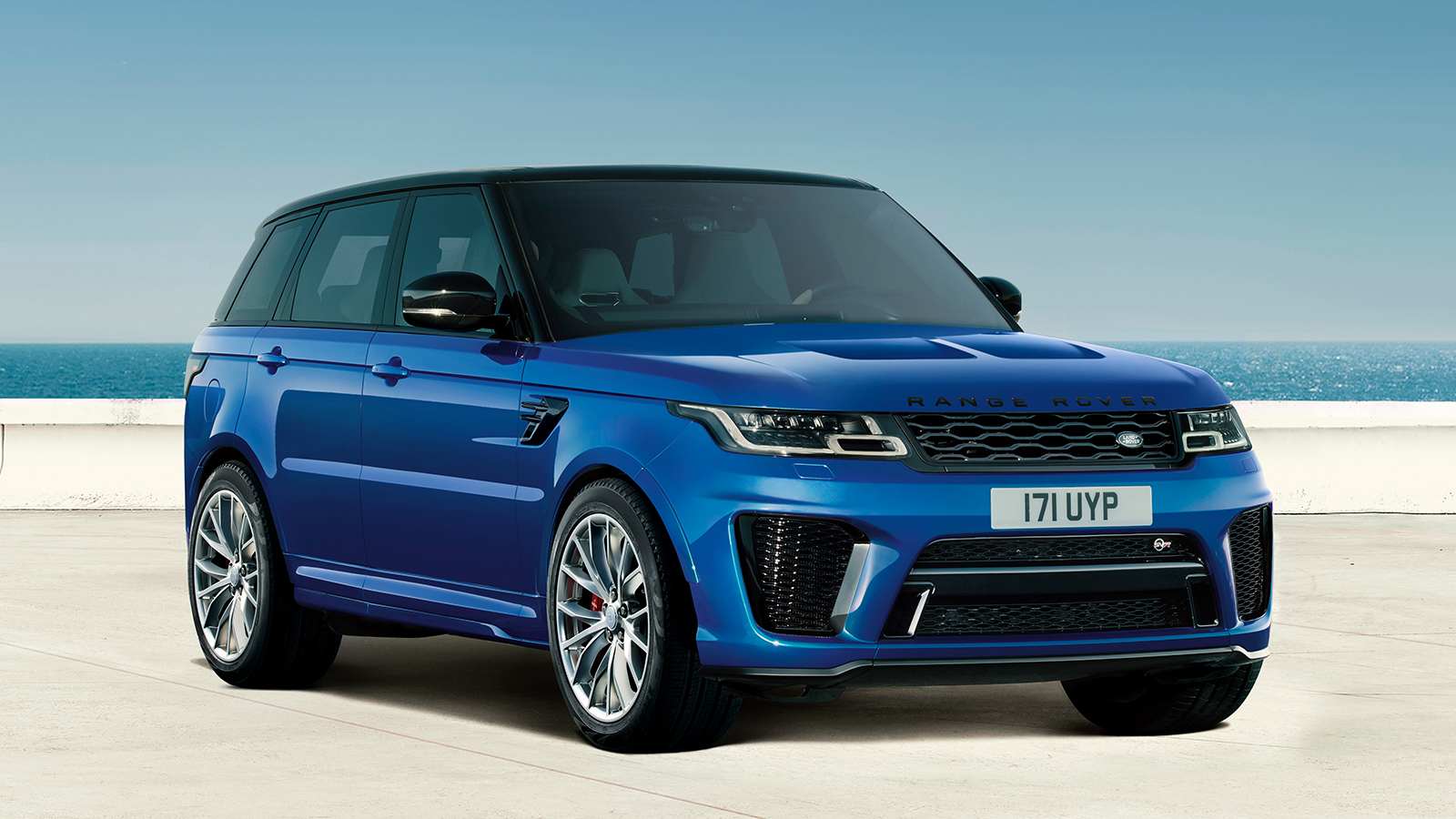
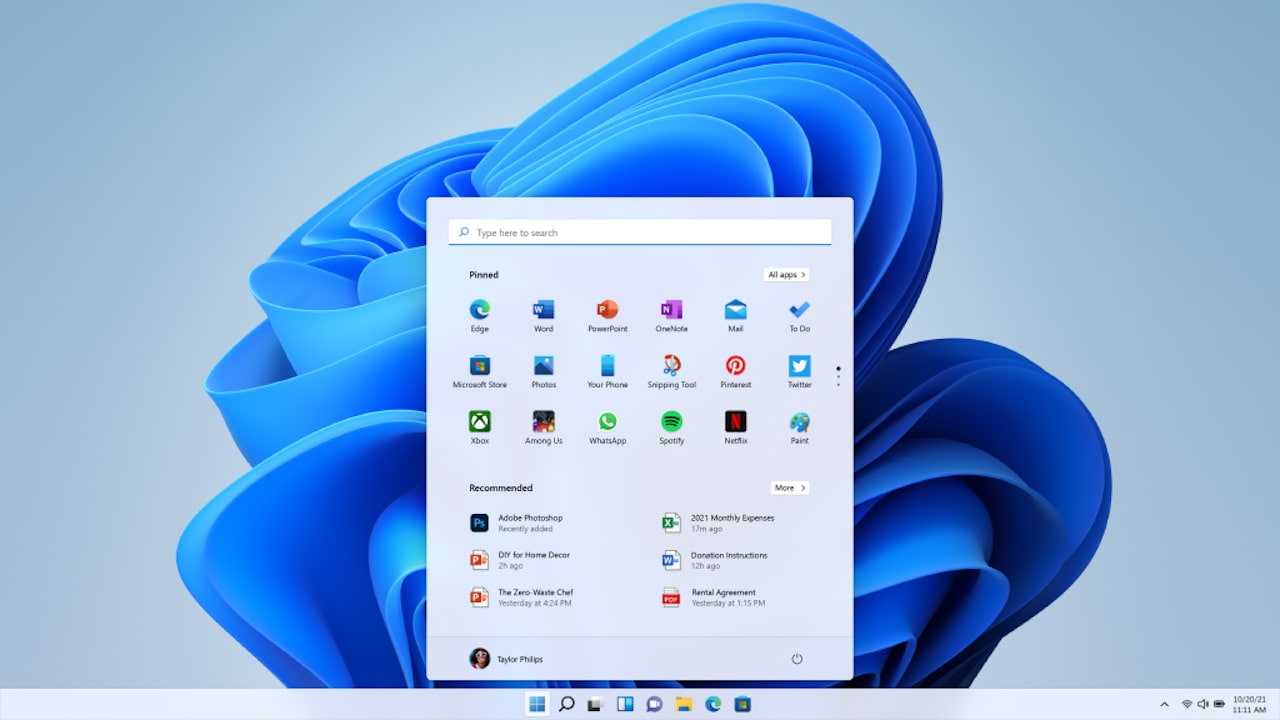








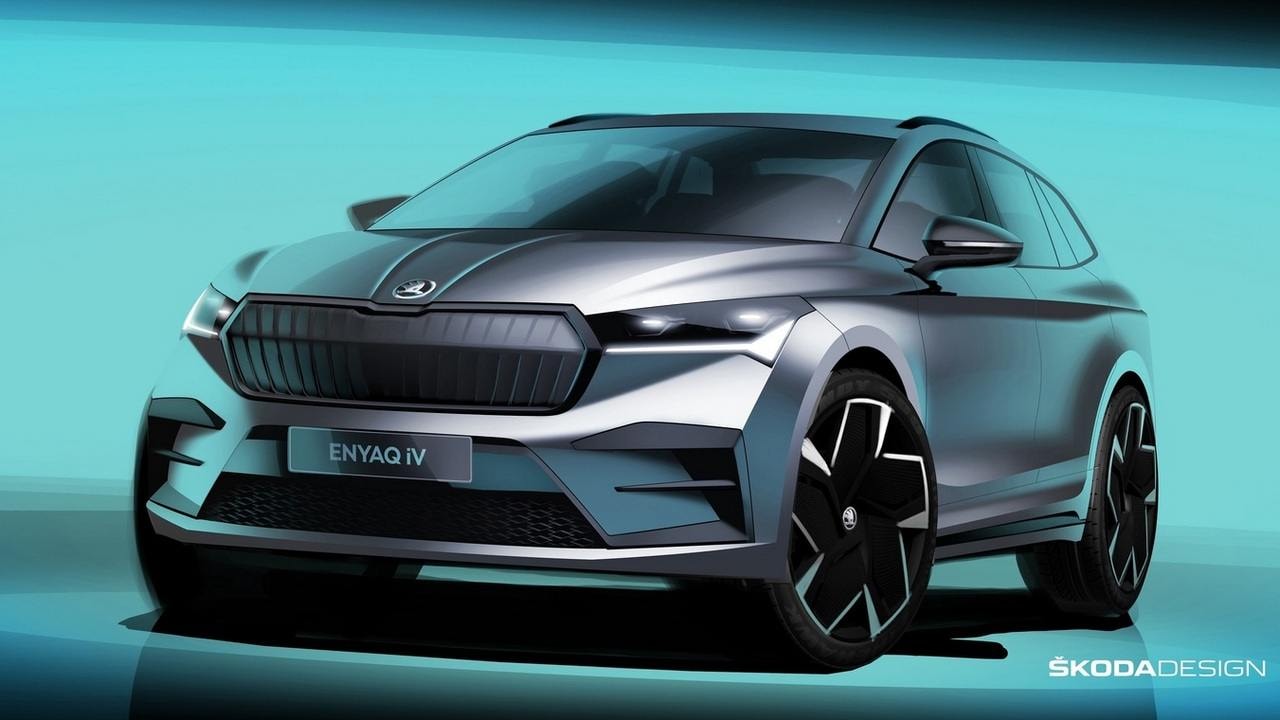

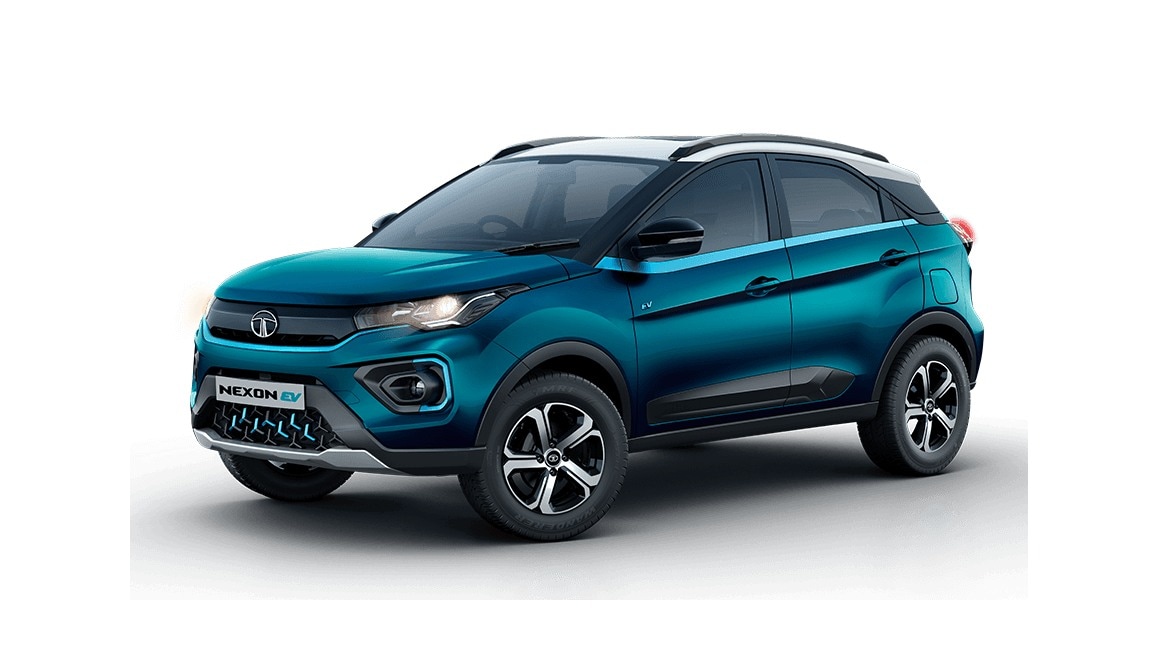

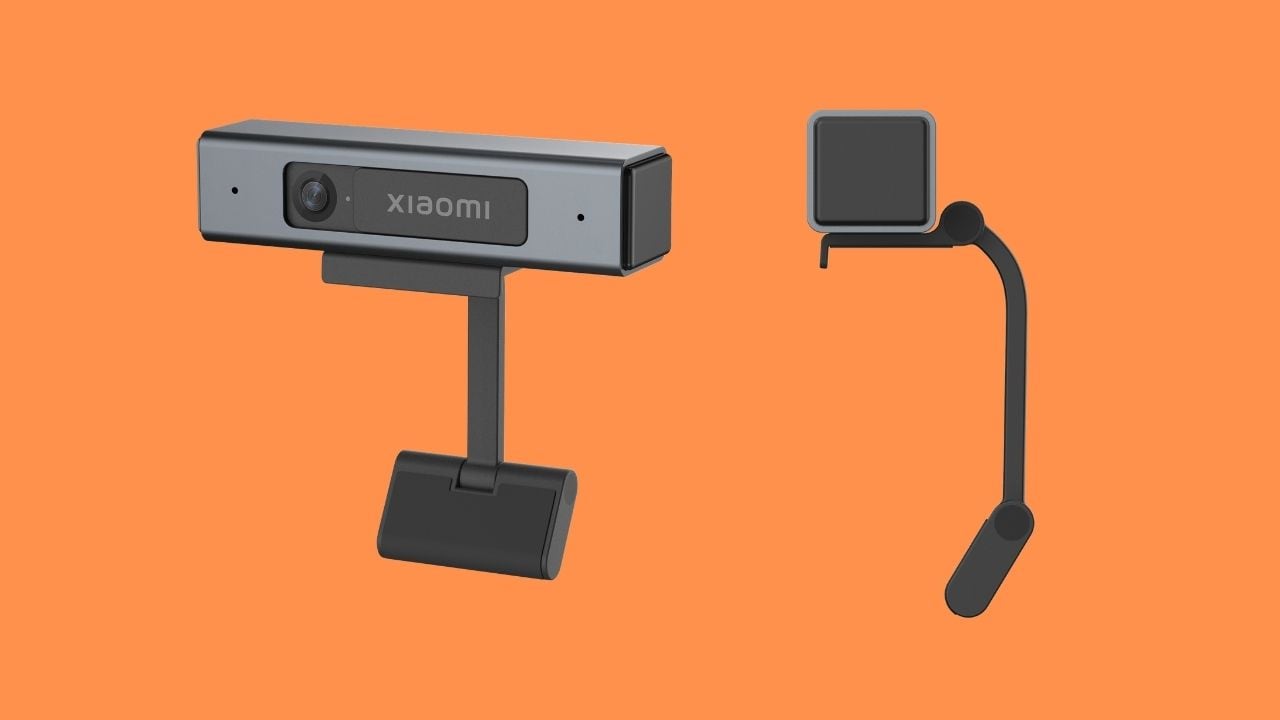
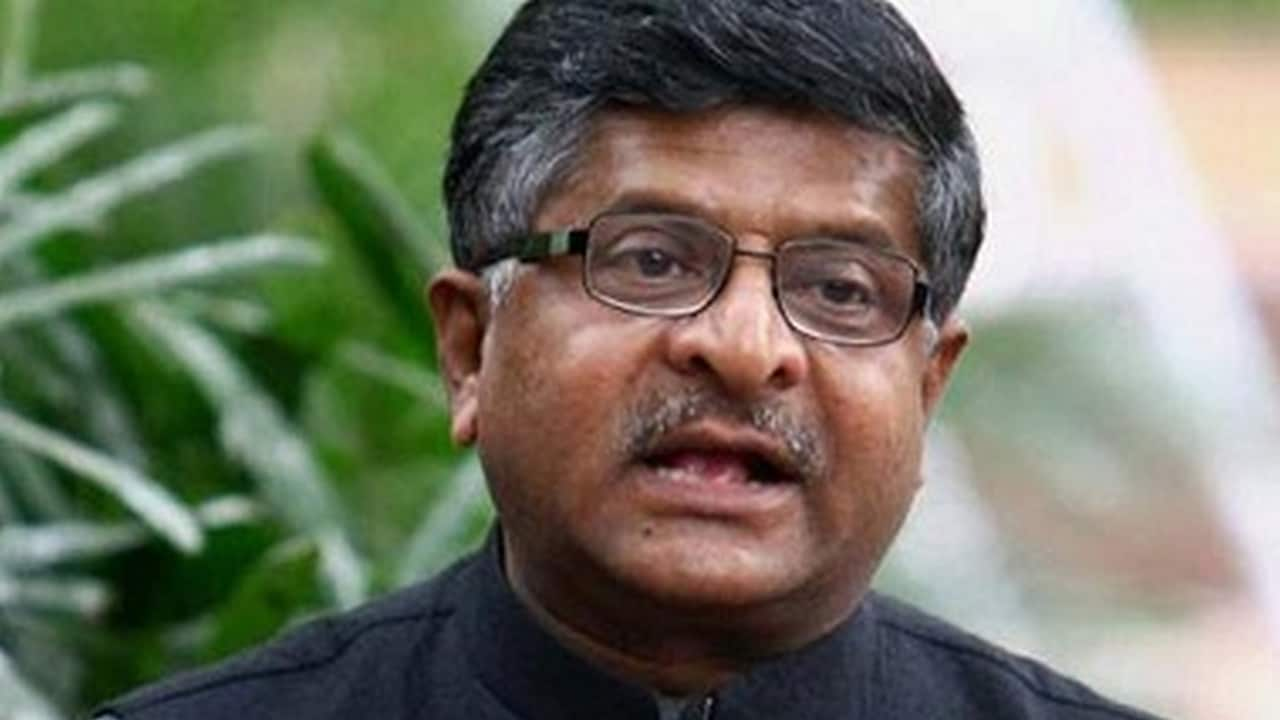

 On Chromecast with Google TV
On Chromecast with Google TV On officially supported Android TV OS devices
On officially supported Android TV OS devices You can also opt into experimental access for unsupported devices.
You can also opt into experimental access for unsupported devices.